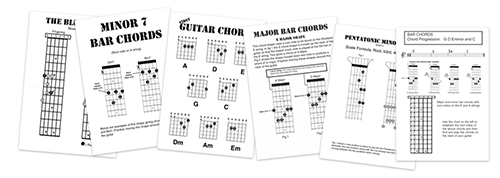


If steel strings are the way forward then the choice becomes between an electric and an acoustic guitar and here Im going to stick my neck out and say that a child (and arguably all guitar players) should learn the basics on an acoustic instrument
Aside from the extra expense of buying an amplifier (and the noise that goes with) which would be money better spent on upgrading the quality of the instrument itself I will make my pitch for why an acoustic guitar is the best option for any beginner and that pitch is based around the fact that an acoustic guitar responds far more to a player than an electric typically does This is particularly true when you factor in that electric guitars are often (too) quickly combined with effects such as distortion and compression that can serve to mask the fact that the person playing the guitar is not as good as they perhaps sound on first hearing
In my one on one guitar lessons with older students I refer to this sort of thing as "artificial talent boosting technology" designed to fool people into thinking that they are better guitar players than they actually are, I encourage electric guitar players to practice with no effects whatsoever (okay maybe a little reverb to warm things up) so that they can hear their playing as it really is rather than having their sound masked by pedals and effects that can fool them
The "compression" effect (commonly built in to amplifiers or effects pedals) evens out a sound making the quiet parts louder and the loud parts quieter. Sounds very good in theory until you consider the notion that this reduces the obligation for anyone learning to play on an amplifier or with effects units that use compression to develop "loud-quiet" dynamics in their own playing
When I teach adults who learned to play on an electric guitar it is by no means uncommon to find that they either attack the strings much too gently because they are used to the amplifier doing all of the "heavy lifting" with regard to their sound or (more uncommonly) that they hit the guitar too hard and rely on their effects pedals to smooth out the rough edges
I shouldnt complain really because either way I get paid to solve a problem that would not have existed had they learned to play the very basics with an acoustic guitar being involved at least some of the time
Most children don't struggle too much with the fingerboard of a guitar anywhere near as much as they do with holding, supporting and getting their arms around the body size of a "full sized" guitar and even if they seem to have trouble "stretching" to play full chord shapes there are tried and trusted methods and resources such as a range of commonly used "reduced one finger chord shapes" that effectively address this situation
What can present itself as a stretching issue is often really just the developing of manual dexterity issue common to all beginner guitar players of whatever size and age







They take care of the payment side and you can be sure that we never get to see your credit card details
Click The PayPal logo above to purchase and download the guitar teacher's toolkits NOW